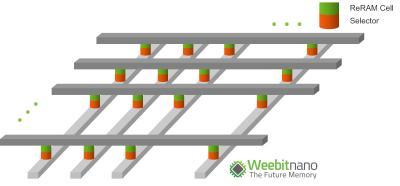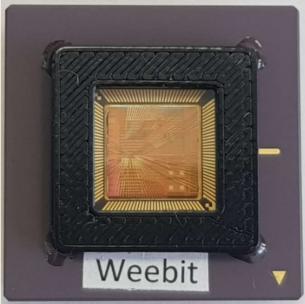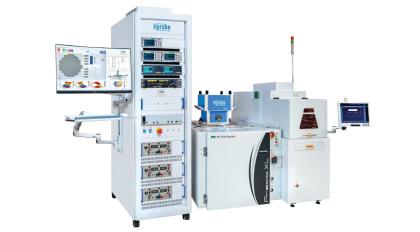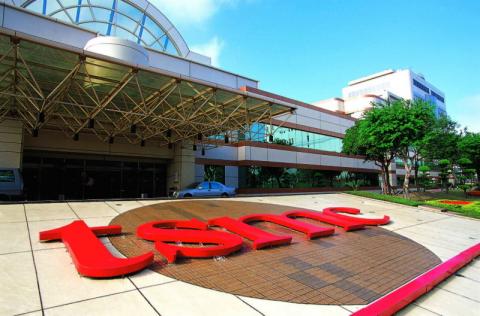sureCore to add support for Intrinsic's RRAM memory to its SureFit custom design service
UK-based RRAM developer Intrinsic Semiconductor Technologies (Intrinsic) announced a collaboration with sureCore, to accelerate the time to market for its RRAM technology. Intrinsic says that its technology will assist SoC developers looking for embedded memory solutions in 22 nm or smaller nodes.
sureCore will add Intrinsic's MRAM technology into its SureFIT Custom Design Service. Intrinsic says that both microcontrollers and evolving AI architectures using Intrinsic RRAM will deliver higher performance at lower power envelopes than those realized using off-chip flash.



